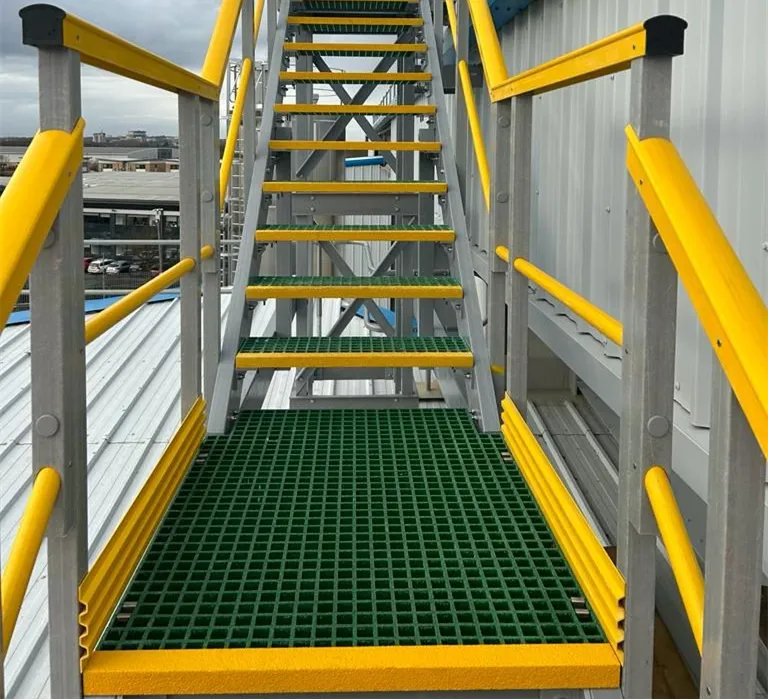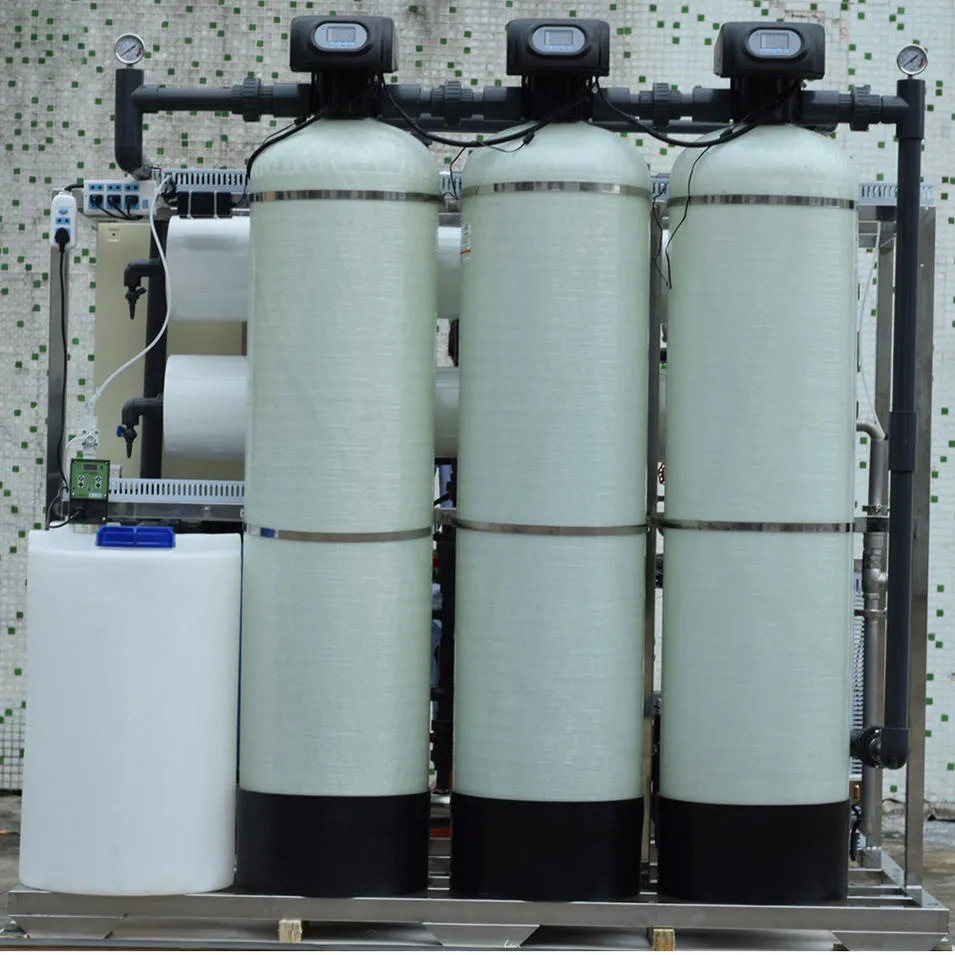loading...
- No. 9, Xingyuan South Street, Dongwaihuan Road, Zaoqiang County, Hengshui, Hebei, China
- admin@zjcomposites.com
- +86 15097380338
- Welcome to visit our website!
FRP Mesh Grating Ultimate Guide
FRP mesh grating, an innovation that combines durability and versatility, is rapidly changing industrial and architectural landscapes. With its lightweight properties, this material offers unparalleled benefits that outperform traditional steel or aluminum grating systems.

For professionals managing projects in aggressive environments such as chemical plants, wastewater treatment facilities, or coastal construction, FRP (Fiber Reinforced Plastic) mesh grating is an asset that promises longevity and reliability. It is engineered to resist corrosion, a critical factor when dealing with chemicals, oils, or salty air, thereby extending the life of the infrastructure and reducing maintenance costs.
Innovative designs in FRP mesh grating not only offer safety and structural support but also ensure ease of installation. Thanks to its lightweight nature, which is approximately a quarter of the weight of metal grating, transportation becomes more manageable and less expensive. This leads to faster installation times and a reduction in overall labor costs, allowing projects to stay within budget and on time.

The versatility of FRP mesh grating makes it suitable for a range of applications. Its anti-slip surface is ideal for pedestrian walkways, ensuring safety even in wet or oily conditions. This feature has been refined through rigorous testing, ensuring that it meets standards set by occupational safety guidelines. Additionally, its non-conductive properties make it the material of choice in electrical environments, providing an additional layer of safety that metal gratings cannot.
From a design perspective, FRP mesh grating offers flexibility that appeals to architects and engineers. Available in a variety of colors, it can be tailored to fit aesthetic requirements without compromising on performance. This adaptability ensures that while functional demands are met, the visual aspects of a project also achieve the desired look and feel.
frp mesh grating
Furthermore, the sustainability factor of FRP mesh grating cannot be ignored. As industries move towards greener solutions, this material stands out because it significantly reduces environmental impact. During its production, fewer pollutants are released compared to traditional materials, contributing to a decrease in the overall carbon footprint of a project.
In terms of expertise, manufacturers of FRP mesh grating have dedicated years to research and development, resulting in a product that balances strength, safety, and innovation. Consultation with these experts during project planning can provide valuable insights into the specific types of grating best suited for different environmental conditions and load requirements.
Trust and credibility in the use of FRP mesh grating are evidenced by its increasing adoption in high-profile projects around the world. Project managers and engineers who have incorporated FRP solutions into their structures often praise its cost-effectiveness and reliability. This material's performance under pressure in demanding settings establishes it as a trustworthy choice for future developments.
For those considering the transition to FRP mesh grating, understanding the performance characteristics and benefits in real-world applications is key. Case studies documenting successful implementations provide compelling evidence of its advantages and set a benchmark for quality and durability that others in the industry strive to meet.
In conclusion, the strategic adoption of FRP mesh grating in relevant applications not only enhances structural integrity and reduces costs but also aligns with current trends towards sustainable, innovative solutions. As technology advances and demands for resilient infrastructure grow, FRP mesh grating stands poised to meet these challenges, securing its position as a cornerstone material in industrial and architectural engineering.
-
Transform Your Spaces with FRP Grating SolutionsNewsNov.04,2024
-
The Versatility and Strength of FRP RodsNewsNov.04,2024
-
The Excellence of Fiberglass Water TanksNewsNov.04,2024
-
The Benefits of FRP Grating for Your ProjectsNewsNov.04,2024
-
Elevate Your Efficiency with FRP Pressure VesselsNewsNov.04,2024
-
Welcome to the World of FRP Pressure VesselsNewsOct.12,2024
-
Unveiling the Future of Filtration: Why FRP Filter Vessels are a Game ChangerNewsOct.12,2024
